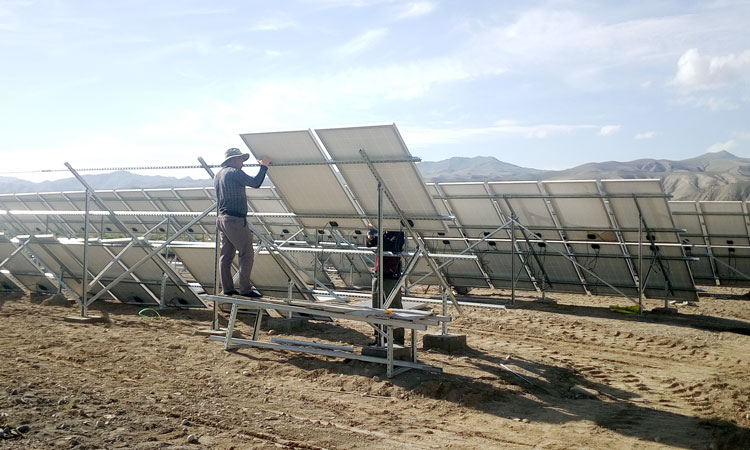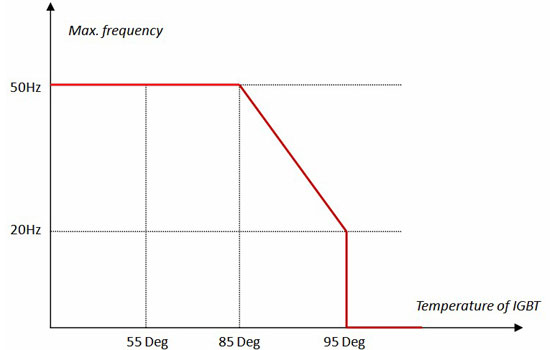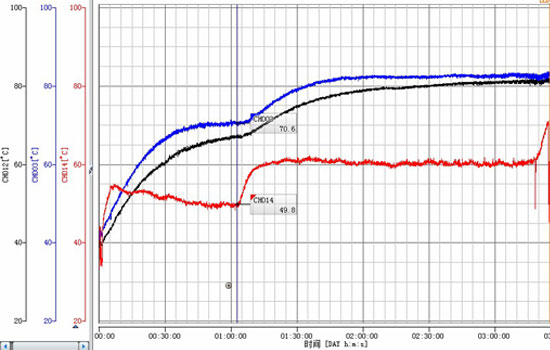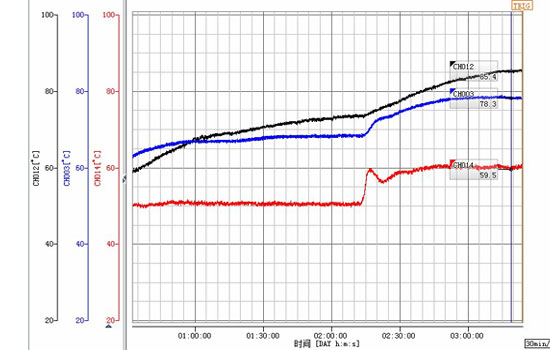The normal operating temperature range of Shenzhen Solartech New Energy Pumping Inverter is -10 ~ +50 °C. In this temperature range, the inverter can achieve full power load, stable and reliable operation.
However, in the actual application process, the inverter may be placed in a control cabinet, and the temperature may exceed 50 °C. Or in high-temperature areas such as Southeast Asia, the outdoor temperature may exceed 50 °C. Therefore, it is very necessary to carefully evaluate the product performance of Shenzhen Solartech solar Pumping Inverter at +50 °C-+60 °C. Through the evaluation, Shenzhen Solartech Solar Pumping Inverter can be applied at +50 °C. °C-+60 °C
The practice of traditional inverter manufacturers is to automatically adjust the maximum output power of the inverter according to the ambient temperature. For the inverter, a temperature sensor is not installed in the housing to monitor the temperature of the external environment. This is neither easy to install nor necessary. In fact, for all devices in the inverter, the IGBT module is the most important part, and what we need to monitor most is the temperature of the IGBT module. When the temperature of the IGBT module exceeds the preset critical point, the inverter derated operation is achieved by controlling the maximum operating frequency of the output. The method of directly limiting the maximum output frequency is more concise and reliable than the method of limiting the maximum output power by traditional manufacturers.
- When the temperature of the IGBT module is less than 55°C, the maximum output frequency is the default value of 50HZ, and the cooling fan does not work to extend the life of the fan as much as possible.
- When the temperature of the IGBT module is greater than 55°C but lower than 85°C, the maximum output frequency is the default value of 50Hz, but the cooling fan must always work to increase the heat dissipation capacity.
- When the temperature of the IGBT module is greater than 85°C but lower than 95°C, the maximum output frequency must be limited. 85°C corresponds to 50 Hz, and 95°C corresponds to 20 Hz.
- When the temperature of the IGBT module is greater than 95°C, the output must be stopped to achieve over-temperature protection.
In summary, the temperature control strategy is shown in Figure 1.
Figure 1
Figure 2 shows the temperature test results of the PB5500H pumping inverter without a fan. When the ambient temperature (red line) is 50°C, the IGBT module temperature (blue line) is 70°C; when the ambient temperature (red line) is 60°C, the IGBT module temperature (blue line) is 83°C. Obviously, the PB5500H and PB3700H pumping inverters can operate at full load when the ambient temperature is 60°C.
Figure 2 Inverter PB5500H
Figure 3 is the temperature test result of the PB11KH pumping inverter without fan. When the ambient temperature (red line) is 50°C, the IGBT module temperature (blue line) is 68°C; when the ambient temperature (red line) is 60°C, the IGBT module temperature (blue line) is 78°C. Obviously, the PB7500H and PB11KH pumping inverters can operate at full load when the ambient temperature is 60°C.
Figure 3 Inverter PB11KH
Of course, the safety of IGBT modules does not mean that all devices are safe. We have also tested in detail the temperature conditions of the core components such as the electrolytic capacitor, the single-chip microcomputer, the auxiliary power transformer, and the control IC inside the inverter. Through evaluation, Shenzhen Solartech Solar Pumping Inverter can be applied between +50 °C-+60 °C. We will try our best to improve our products so that the inverter, including all materials in the inverter, can meet the harsher environment.










